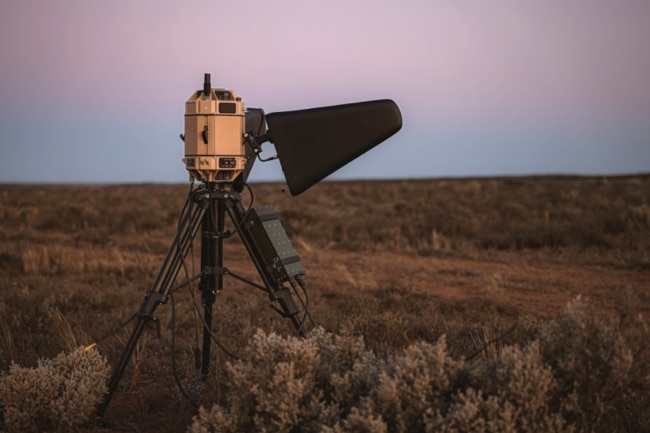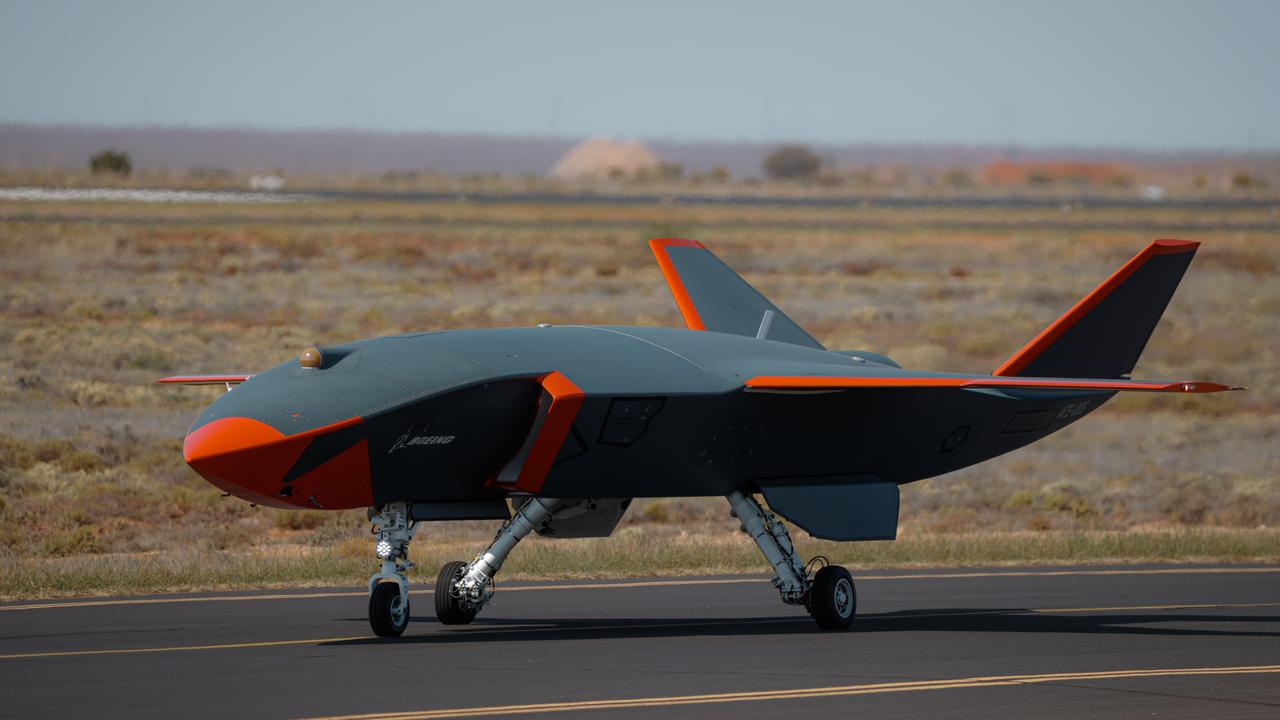Tender for new tech to combat drones in battle
By the end of this year the Australian Army aims to be fielding a baseline anti-drone capability; by the middle of this year a company will be named as Defence’s Strategic Integration Partner, or SIP, to deliver this.

Defence is trying to keep up with a technology trend that has emerged during the war in Ukraine.
By the end of this year the Australian Army aims to be fielding a baseline anti-drone capability; by the middle of this year a company will be named as Defence’s Strategic Integration Partner, or SIP, to deliver this.
That capability will be based on Situational Awareness (SA) and Command and Control (C2).
Knowing what’s out there and being able to control an instant response to it is as important as the ability simply to destroy or disable hostile drones.
Both the drones themselves and the means of countering them are evolving, almost weekly. Most commercial drones still use wi-fi or mobile phone signals for control, according to defence analyst and author Oleksandra Molloy of UNSW Canberra. However, a growing number use wire-guidance, like an anti-tank missile. You need to be able to handle them all.
So what Defence calls its Capability Target State 1 must be able to integrate new sensors and “effectors” – things that can either destroy or disrupt a drone – out to the end of 2030 and beyond. The goal is to be able to down drones with a maximum speed of around 250 knots and weighing up to 25kg. These can do recce and surveillance or attack individual tanks or even airfields and ports containing millions of dollars-worth of aircraft or ships.
This is the background to Defence’s Project LAND156 – Counter Small Uncrewed Aerial Systems (C-SUAS). Defence is looking for an SIP that can provide C-SUAS situational awareness and C2 and also integrate new sensors and effectors quickly.
An Invitation to Register (ITR) for the SIP role closed just before Christmas; in January some of the ITR respondents got a Request for Tender. By 2030 Defence wants to field a complete Minimum Viable Capability (MVC).
Although Defence and industry have said nothing, at the time of writing The Australian had established that a number of companies responded to the ITR, including Nova Systems and Lockheed Martin Australia. At least two companies – understood to be Anduril Australia and DroneShield – received the Request for Tender, and there are doubtless others.
Sydney-based DroneShield is famous for its DroneGun SUAS “jammers” which have earned a global reputation, but strategy director Terry van Haren said in a briefing before Christmas: “We know that not all drones can be detected and disrupted with RF (radio) detectors and jamming.”
DroneShield is also a world-leading C2 and systems integrator for C-SUAS, he points out.
“We have integrated a number of third party radars, electro-optical cameras and now effectors to provide a multi-sensor and effector solution.”
The company has already put integrated C-SUAS systems into the US as well as Poland, on its border with Belarus.
DroneShield will be offering Systems Integration and Capability as a Service (CaaS) in response to the LAND156 RFT, if it gets to that milestone. Its solution is based on its DroneSentry C2 system which integrates different C-SUAS sensors such as radars and infrared imagers and effectors such as guns, jammers and high-energy lasers to create a flexible and easily upgradeable system.
Anduril Australia last year was awarded a three-year contract by the RAAF to carry out a C-UAS trial at RAAF Base Darwin. This trial, based also on CaaS, is designed to prevent anything breaching the base’s security, by air or on the ground. It is based on a similar deployable system it is installing for the US special forces under a near-$US1bn contract.
The Anduril Australia solution is driven by the company’s Lattice OS open architecture software which it says allows for rapid integration of both Anduril and third-party sensors and effectors – radars, IR cameras, guns and jammers – and provides C2 as well.
“Capability-as-a-Service is new to defence industry, but frequently used in the tech industry where fast-moving developments need to be rapidly deployed,” says Anduril Australia’s CEO David Goodrich OAM.
The beauty of a CAAS arrangement, he says, is that it enables rapid upgrades as technology and threats evolve – the traditional “block upgrade” acquisition process simply can’t keep up.
It’s a new and much more rapid business model, and one which Defence is buying into.


